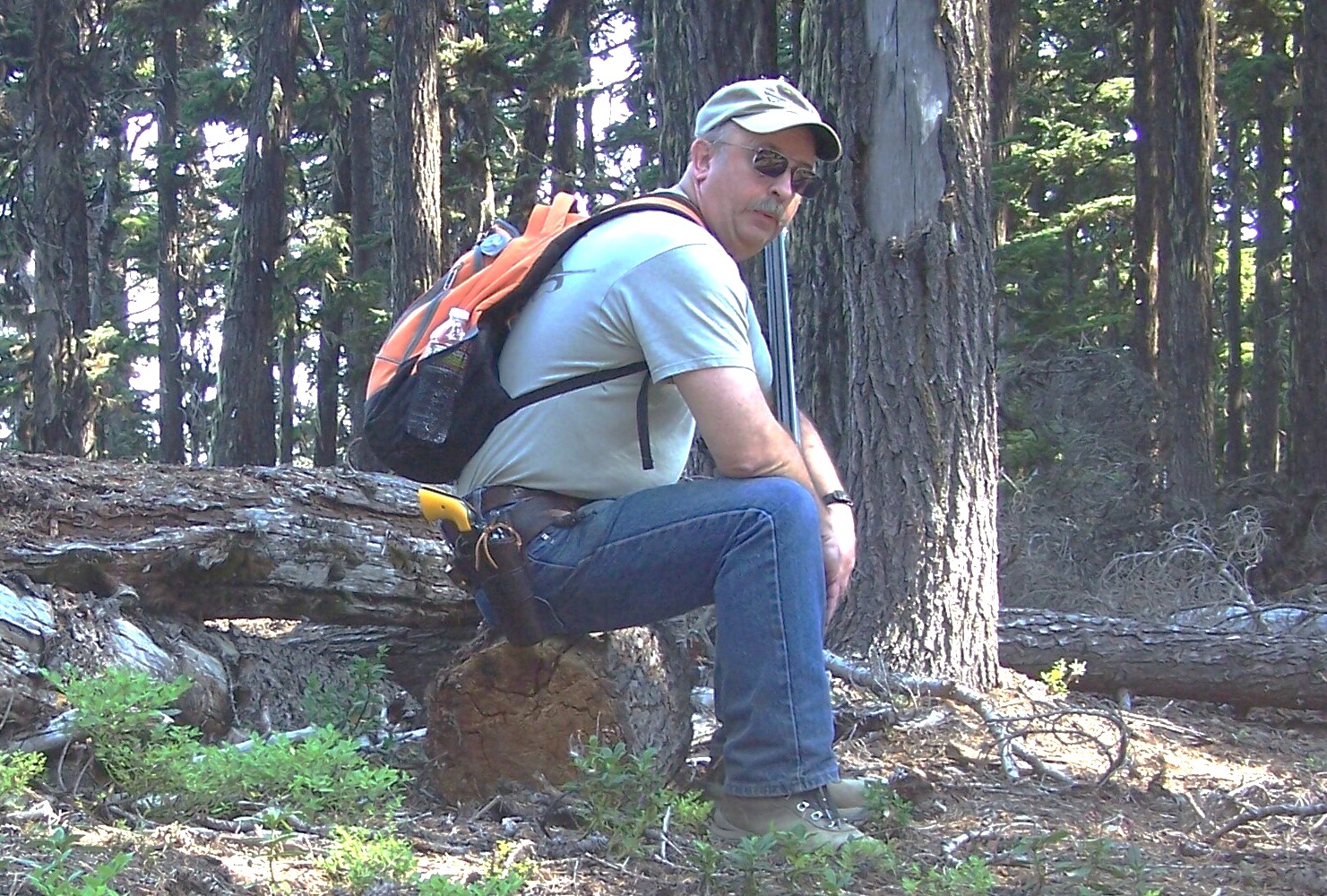
By Dave Workman
Editor-in-Chief
Summer is officially here, and while many if not most folks will be thinking about Fourth of July celebrations, camping and fishing treks, those of us who seem to always be “getting in shape for fall” will be out there trudging the trails—or places where there are no trails—and looking for whatever adventure we can find.
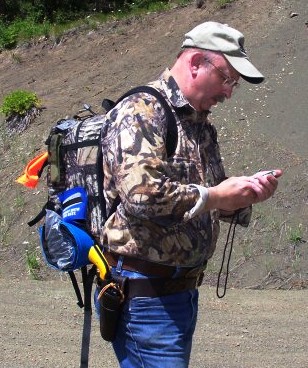
Living out in the Pacific Northwest has afforded this correspondent with a lifetime of opportunities and it has been a rare event when I got very far from the pavement or a gravel road without a sidearm. Whether my hardware was a .22-caliber pistol or something much bigger—.45 Colt or .44 and .41 Magnum territory—having a handgun along has become pretty much a reflexive action.
As I wrote recently on social media, way back in my more limber life, I enjoyed throwing on a daypack and hitting the boonies, trail or no trail. A lot of this occurred during late summer/early fall hunting seasons when there is still plenty of shirtsleeve weather. Rarely did/do I venture too far from the road without at least a sidearm. Some people view it as just extra weight. In my book, it’s a piece of emergency survival equipment.
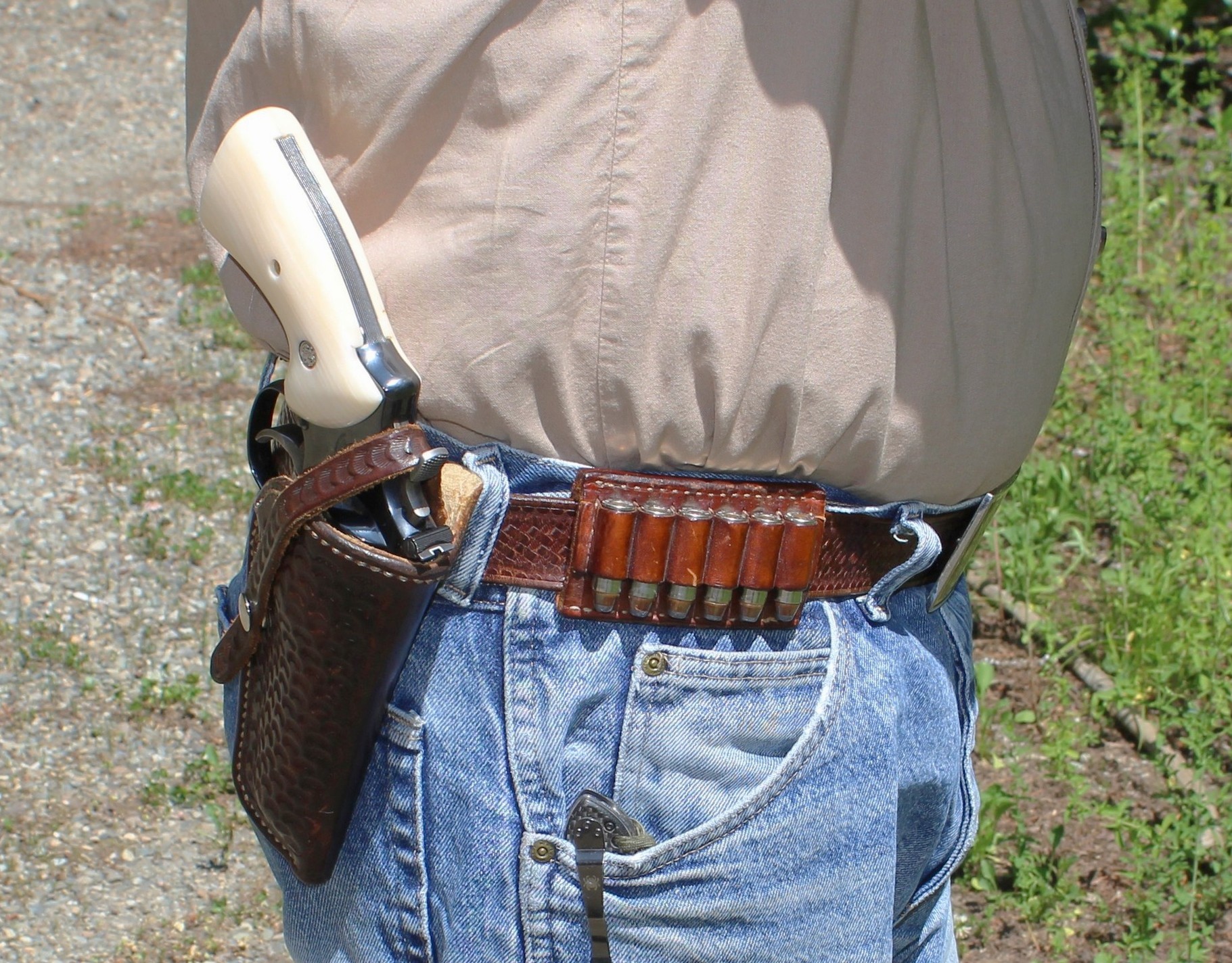
Depending upon one’s environment and terrain, which may determine what kind of problems one might encounter with certain toothy critters or ill-intentioned varmints of the two-legged variety, hiking the high country does have some risk.
At one time or another, I’ve been uncomfortably close to black bears, and I once had a bobcat try to jump a grouse right in front of me about 10-15 yards. It spotted me about the same time I spotted it. I’m not one to cheat a critter out of a meal, with the exception of when I might be the main course or at least an appetizer.
Nowadays, with the reintroduction of wolves into my region and the increased potential for encountering a mountain lion, it’s been my strategy to have something and not need it rather than to need something and not have it. In the case of a handgun, if you need it, you need it right now!
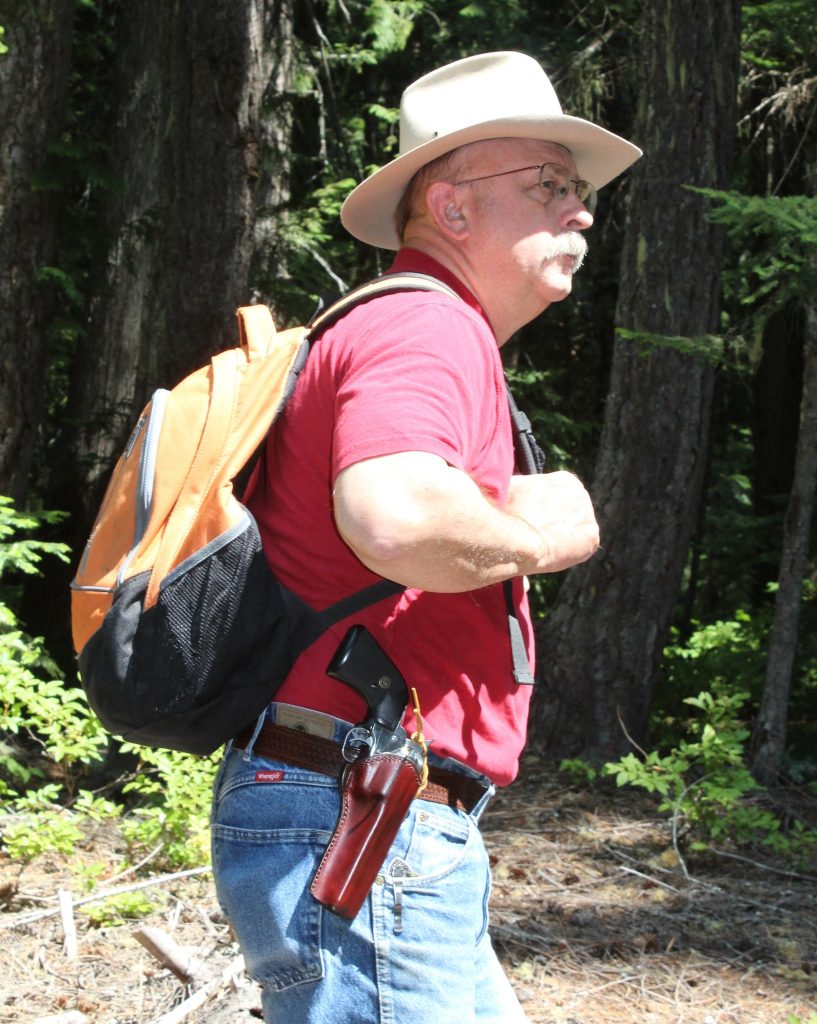
Depending upon how one packs a sidearm, they can be as little a burden as one can make it, or serve as something of an uncomfortable weight.
For example, I have a terrific Ruger MK IV .22-caliber pistol which I carry occasionally in a Triple K holster with a couple of spare magazines in a little pouch. Especially during the early grouse season in my state when weather is mild and it might just be relaxing to take a stroll away from camp, the chance encounter with a bird for the stew pot is all the incentive I’ve ever needed!
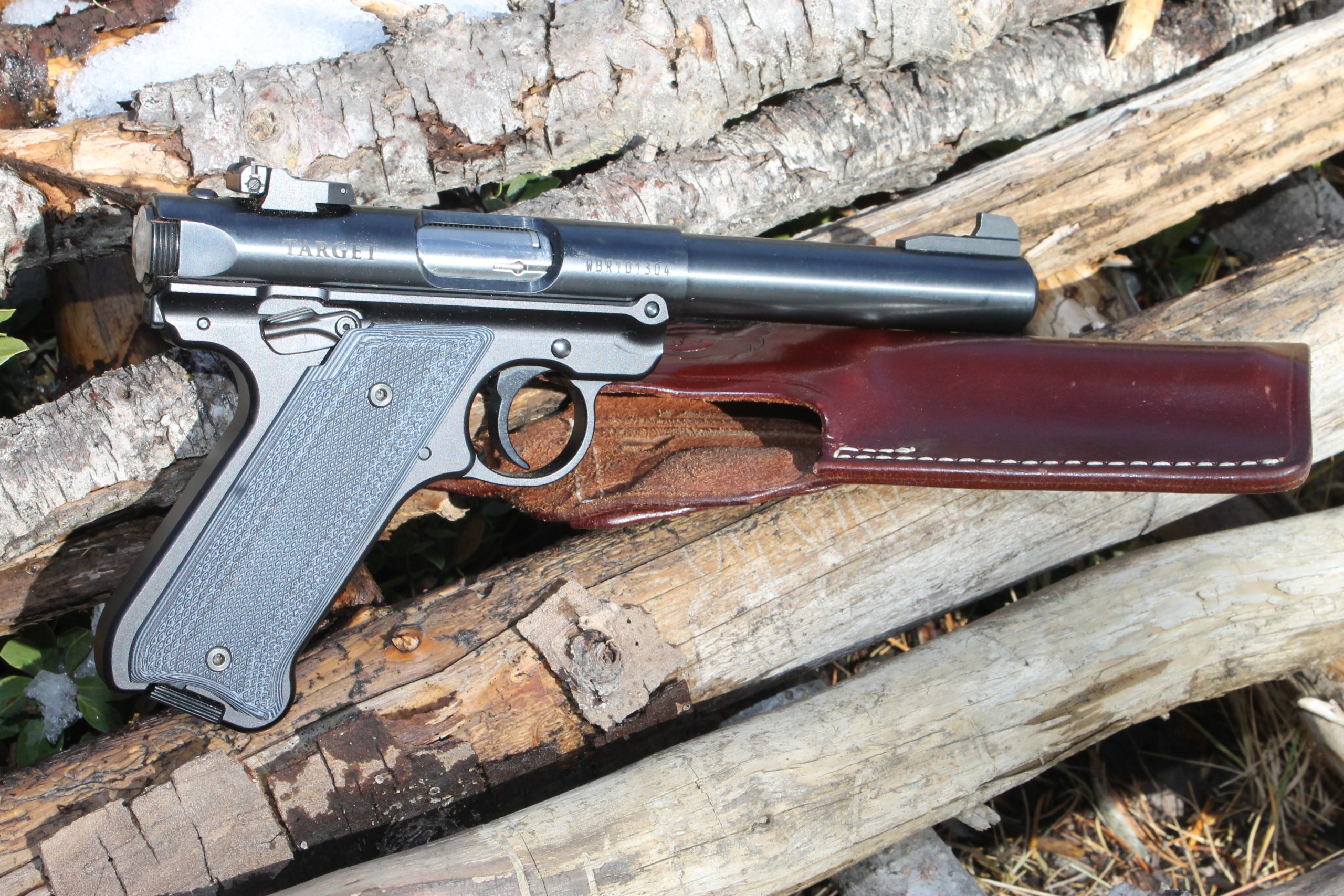
I own a dandy little Ruger Single-Six with fixed sights in .32 H&R Magnum. With my handloads, using a 100-grain JHP, I can hit most things within reasonable range.
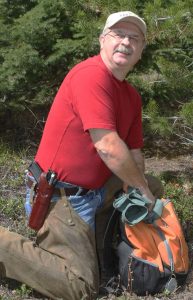
A few years ago, I replaced the factory grip with a Pachmayr rubber grip to better fit my hand, and the little sixgun’s recoil was nicely tamed. This particular model was designed, I presume, for the Cowboy Action folks, with a shortened grip frame, but it shoots rather well even with fixed sights. Loaded, it weighs less than 40 ounces.
On some occasions, even a .45 ACP semi-auto is a good choice. I’ve known people who killed black bears with a .45 Colt Model 1911, and that has always been proof enough for me the gun, and cartridge, can handle backwoods unpleasantness.
However, my preference has been for the .45 Colt cartridge. It’s got punch, it is probably more accurate than it is ever given credit for, and whether loaded up with 250-grain JHPs or 250-grain RNLs, it’s a formidable caliber.
One can find lots of ammunition choices, and it is a cartridge with a storied history of being a reliable fight stopper.
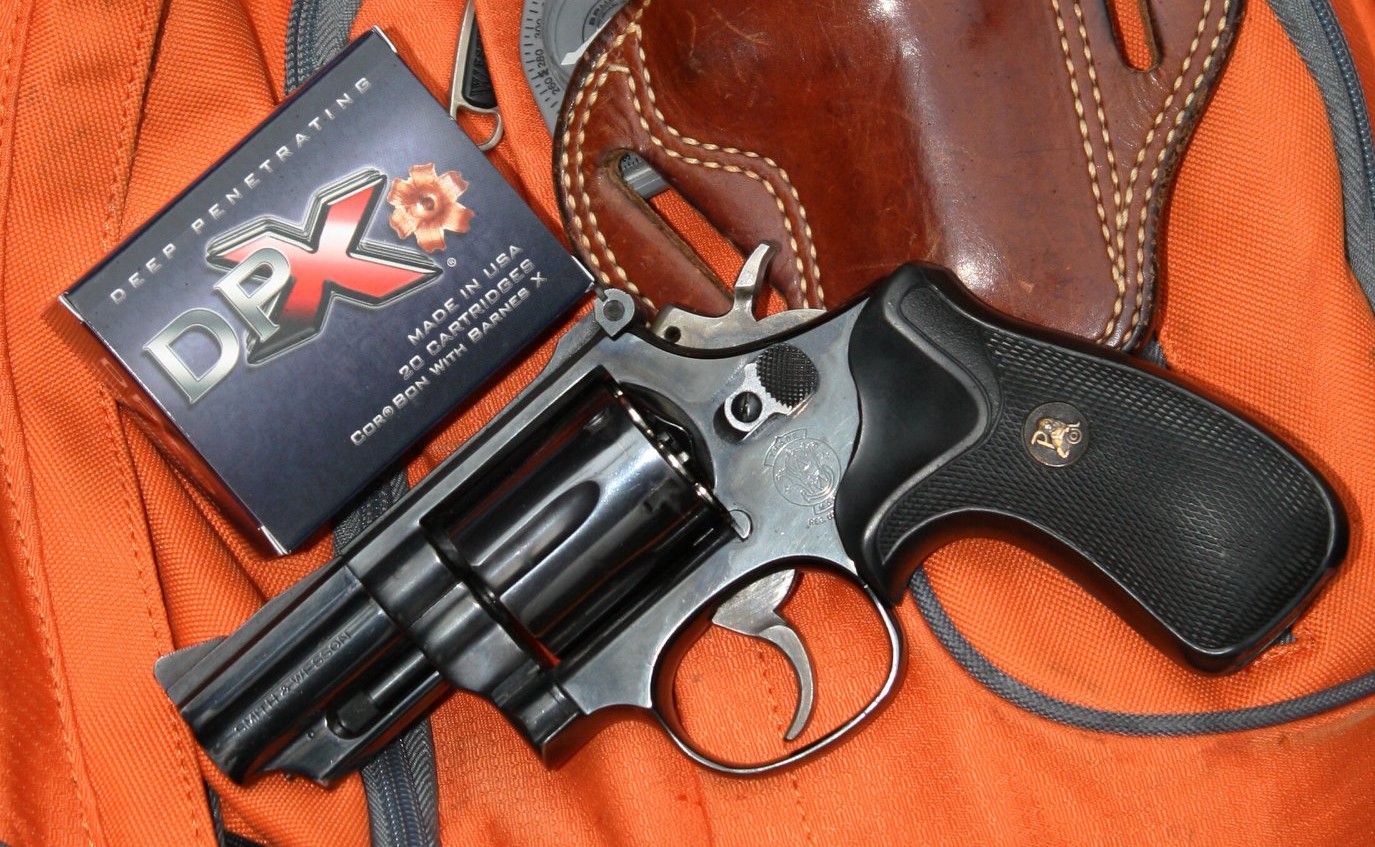
The .41 and .44 magnum handguns, either single- or double-action, make sense especially in bear country. While bears mostly will leave people alone, that’s not always the case. Every year in Montana, for example, there are infrequent reports of bear-human encounters, and sometimes it doesn’t turn out well for the victim. These are grizzly encounters, and if you are not equipped with bear spray, you ought to be!
Earlier this year, Smith & Wesson announced the resurrection of its popular Mountain Gun in .44 Magnum and .357 Magnum, both potent calibers.
I happen to own three revolvers in .357 Magnum, and all three have been good companions in the wilds, including the Colt Python, which has a 6-inch barrel and is on the heavy side for all-day wear.
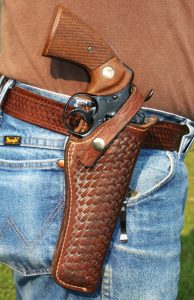
For the back country, I’ve worked up a load using a 158-grain Hornady XTP propelled by a stout charge of H110, and it is nicely accurate. If you prefer factory fodder, the Winchester Silvertip or Hornady XTP will deliver the goods.
Every daypack or backpack should always have a first-aid kit, some kind of emergency food, matches for starting a fire, and other items known generically as the “Ten Essentials.” Included in this list are also such things as a map, compass, water,
My personal addition of a defensive sidearm is the proverbial “ounce of prevention.” Not everybody wants to carry a handgun in the wilds, and that’s fine. Nowhere is it written you need to do as I do.
Whatever handgun one decides to carry, one should be fairly competent with it. Shooting and missing is a poor option in an emergency, and a bullet that misses the intended target is going to hit something else.
Invest in a good holster, one which allows your handgun to be carried comfortably and safely. There are loads of holster options, so shop around.
Practice, and then practice some more.
Use summer hikes to get into shape, burn off the calories, get some fresh air and enjoy something away from a television, video game and cellphone.



